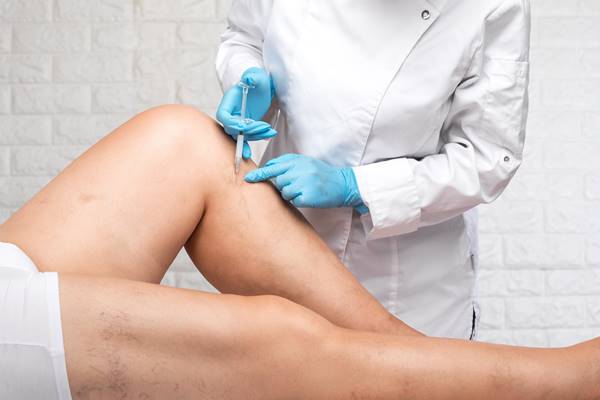Varicose veins are a common medical condition that affects millions of individuals worldwide. These enlarged, twisted veins typically appear on the legs and are often seen as blue or purple bulging lines beneath the skin. The development of varicose veins is primarily due to weakened or damaged valves within the veins, which hinder proper blood flow and cause pooling. Early stage varicose veins often present subtle symptoms that may be easily overlooked.

Individuals may experience aching or heaviness in the legs, especially after prolonged periods of standing or sitting. Swelling, throbbing, and itching sensations can also occur around affected areas. Skin discoloration and the appearance of small spider-like veins (known as spider veins) may accompany early-stage varicose vein symptoms.
What Are Early Stage Varicose Veins? Recognizing Common Symptoms
Early stage varicose veins, also known as primary varicose veins, refer to the initial signs of venous insufficiency. These enlarged and twisted veins occur when the valves within the blood vessels fail to function properly, causing blood to pool and accumulate. While early stage varicose veins may not always cause physical discomfort or pain, they are often characterized by noticeable symptoms.
One of the most common signs is the appearance of bulging and darkened veins on the surface of the skin, typically in a blue or purple hue.
Itching and aching sensations in the affected area may also be experienced.
Additionally, individuals with early stage varicose veins might notice leg fatigue or heaviness after prolonged periods of standing or sitting.
It is important to recognize these symptoms early on as untreated varicose veins can progress and lead to more serious complications over time.
The Importance Of Early Detection And Treatment
Early detection and treatment of varicose veins play a crucial role in preventing their progression and associated complications. Recognizing the initial symptoms allows individuals to seek appropriate medical intervention promptly, leading to better outcomes and improved quality of life. When left untreated, early stage varicose veins can worsen over time, causing discomfort, pain, and swelling. Moreover, they can progress into more severe conditions such as chronic venous insufficiency or blood clots.
By identifying the early signs like spider veins, leg heaviness or fatigue, cramping, or itching in the affected areas, individuals can take proactive steps to manage these symptoms. Timely treatment options for early-stage varicose veins range from lifestyle modifications and compression stockings to minimally invasive procedures like sclerotherapy or endovenous laser ablation. These interventions not only alleviate symptoms but also prevent further complications that may require more invasive treatments.
Lifestyle Changes To Manage Early Stage Varicose Veins
Making certain lifestyle modifications can help alleviate the discomfort and reduce the progression of early stage varicose veins.
Firstly, maintaining a healthy weight is crucial as excess weight puts additional pressure on the veins. Regular exercise, such as walking or swimming, promotes good blood circulation and strengthens leg muscles, which can also aid in preventing further vein damage.
Another beneficial change is avoiding prolonged periods of sitting or standing. If your job requires sitting for long hours, take frequent breaks to stretch your legs and elevate them whenever possible. Conversely, if you are required to stand for extended periods, try shifting your weight from one leg to another or use a footrest to reduce strain on the legs.
Additionally, wearing compression stockings or socks can provide support and improve blood flow in the legs. These specially designed garments apply gentle pressure on the veins, reducing swelling and discomfort associated with varicose veins.
When To Seek Medical Attention For Early Stage Varicose Veins
Recognizing the early symptoms of varicose veins is crucial in preventing their progression and potential complications. While mild cases may not require immediate medical attention, it is important to consult a healthcare professional if you experience certain signs or discomfort. If you notice visible spider veins or small, twisted blue or purple blood vessels on your legs, ankles, or feet, it may be an early indication of varicose veins.
Additionally, if you frequently experience leg pain, aching, heaviness, or cramping that worsens after prolonged standing or sitting, it is advisable to seek medical attention.
Other concerning symptoms include swelling in the legs and ankles, skin discoloration around the affected area, persistent itching or burning sensations over the veins’ course.